Can You Eat Cereal With Braces?
Cereal has been a breakfast staple for decades. Many of us enjoy a nice bowl of our favorite cereals to eat for breakfast. However, if you have braces, you may be wondering if you can enjoy your favorite cereal.
The process of getting braces can be confusing at first – but this guide will help you understand everything that happens on the way to your healthy smile.
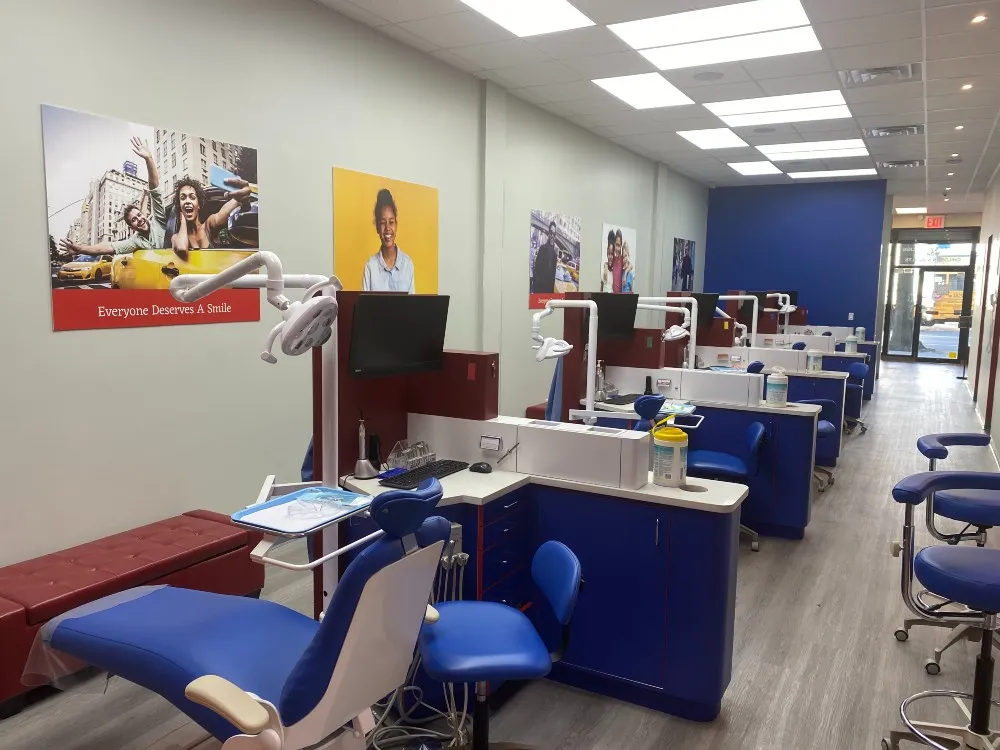
Orthodontist Selection Tips for Braces
People usually find an orthodontist in two ways. One way is through a referral from their general dentist. The other way is by doing their own research.
Your dentist might already have a trusted orthodontist to recommend. But, you can also take charge of your Orthodontic Journey. You can find an excellent orthodontist for yourself or a family member by doing your own research.
Great ways to find an expert orthodontist:
For better experience and lower costs, choose a free-standing orthodontic facility over a general dentist’s office. Orthodontists, unlike general dentists, have specialized training in orthodontia. They focus solely on teeth straightening, which often results in lower costs.
The image you provided shows such a facility.
Recently, mail-order orthodontics have emerged, offering at-home clear aligner treatment. While this may seem convenient, it poses serious health risks because of the lack of direct doctor supervision. In-person treatment is essential for safe and effective results.
Numerous complaints have been lodged against these mail-order companies. Thoroughly researching these treatments is crucial to understand the risks involved.
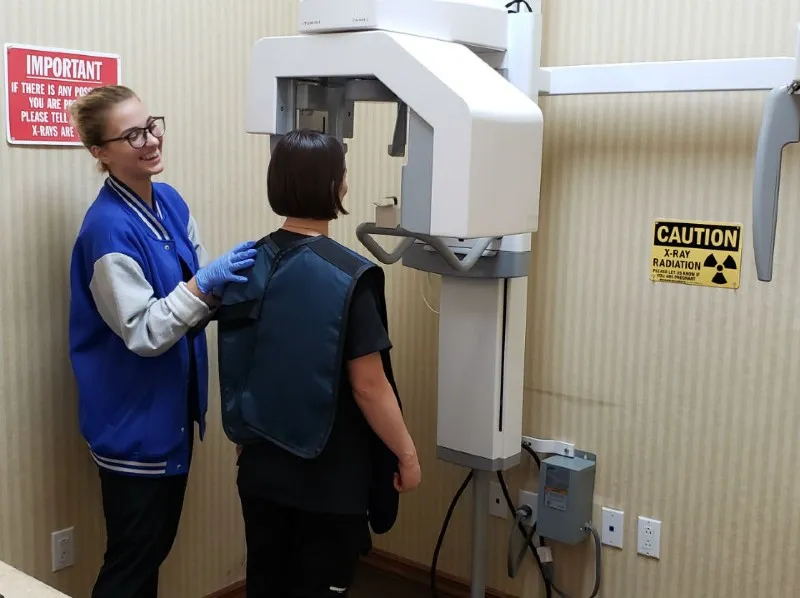
Once you select an orthodontist, you set up a no-cost consultation. This consultation includes several appointments. The purpose is to explore different treatment options and get cost estimates.
In these appointments, the orthodontist evaluates your dental health. They take necessary x-rays and photos. They also diagnose your condition, which might have multiple aspects.
This process is part of your Braces consultation and treatment plans. A crucial step in your orthodontic care. The treatment time can vary based on the complexity of your condition.
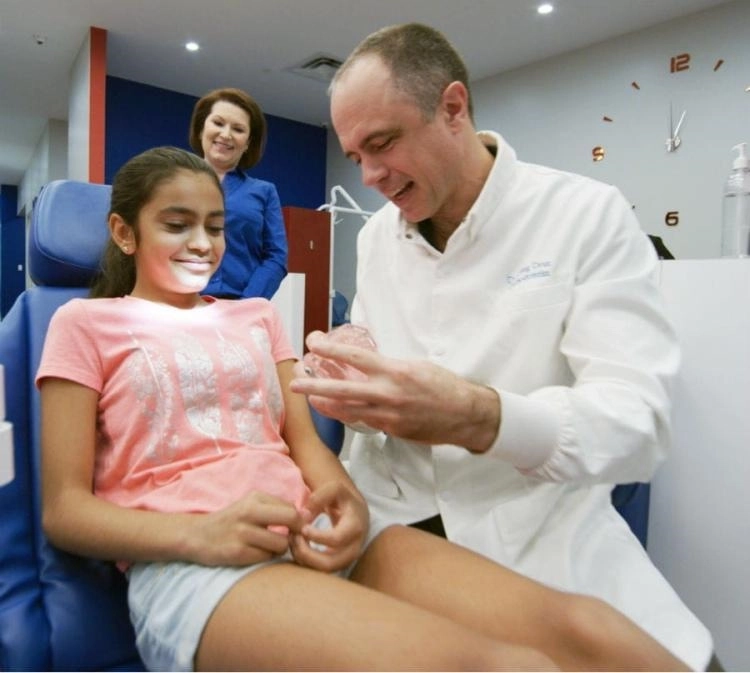
After your diagnosis, you and your orthodontist will discuss treatment plans. Some types of braces are less effective for certain conditions. Your doctor will suggest the best treatment for your crooked teeth and give an estimate of how long it will take.
If you prefer a specific treatment appliance, like ceramic braces or clear aligners, let your doctor know. They can check if your case can be corrected using that appliance.
Braces, whether they are traditional brackets and wires or clear aligners, work by applying pressure to your teeth. This pressure slowly moves your teeth into their desired positions. A long-term process that requires patience and commitment.
Wearing your aligners for at least 22 hours a day is crucial for the treatment to be effective. Not wearing them as instructed can lead to issues like tooth decay and gum disease. Regular check-ups with your orthodontist are also important to monitor your progress and make any necessary adjustments to your treatment plan.

During your consultation, you’ll receive a quote for your chosen treatment. This is the time to discuss creating a payment plan for braces with your orthodontic team and administrative staff.
The staff can assist with negotiations with your insurance company. Many offices manage billing directly. You can provide your insurance details to them and settle the balance in one go or through monthly installments.
Inquire about the billing procedures at your orthodontic office. If the office handles direct billing to the insurance company, it can save you significant time and effort.
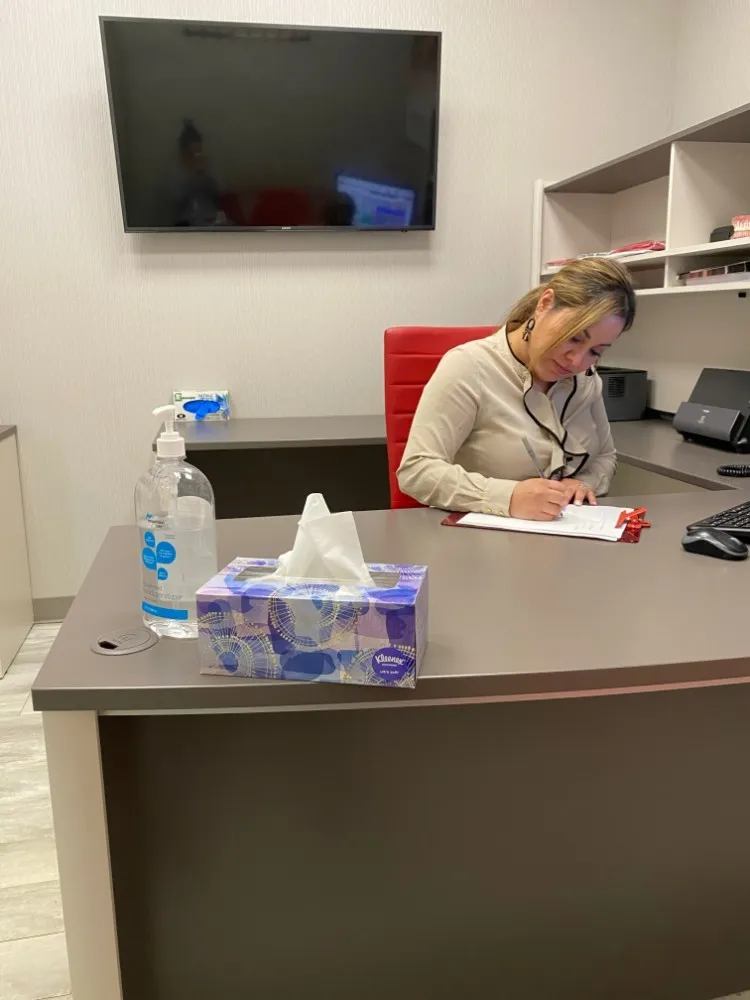
Before getting braces, you’ll fill out paperwork, including an Informed Consent to Treat, showing you understand the risks. If you’re under 18, a parent or guardian will sign for you.
You’ll also sign medical release and privacy forms, and possibly a photo release form. You’ll agree to a contract for payment in exchange for care. Ensure you understand all forms before signing, and ask for an interpreter if needed.
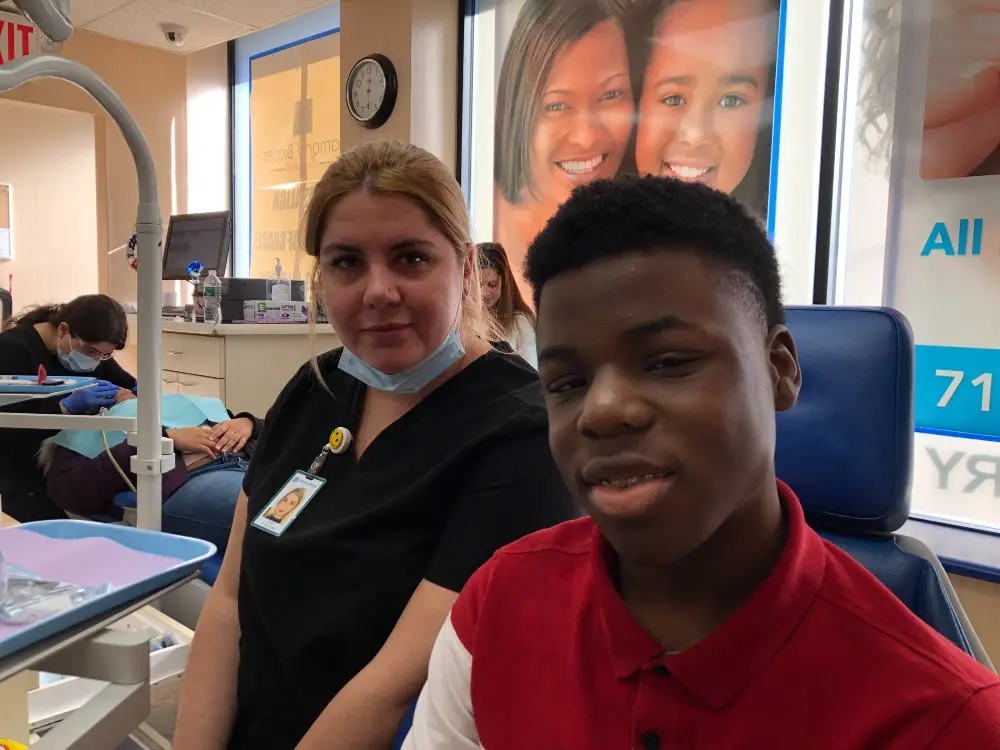
After signing forms, your orthodontist plans your unique treatment. Traditional metal braces or clear braces can start immediately with bracket bonding and archwire installation. Other treatments like Invisalign and lingual braces require a wait time of 3 to 6 weeks for detailed planning and material preparation, hence they cost more.

Consultation Stage During your consultation, the team will provide a quote for your chosen treatment. You’ll also discuss payment plans with them.
Adjustment Period After you start wearing braces, you’ll need some time to adjust. Feeling some discomfort as your teeth and mouth adapt to the new orthodontic treatment is normal. Many ways to manage this discomfort at home exist.
Routine Care and Adjustments Routine care and adjustments during orthodontic treatment are crucial. This involves regular brushing of your teeth to maintain oral hygiene while you wear braces.
Maintaining oral health at home is crucial during orthodontic treatment. Follow your orthodontist’s dietary and cleaning instructions. Daily brushing and flossing keep your teeth and appliance clean, aiding your treatment. Use specialized tools to clean braces and prevent plaque, gingivitis, and discoloration.
.
During orthodontic treatment, regular dental visits are needed for cleanings and check-ups. Adjustments are made to braces, with metal ones needing tightening and elastic changes. Clear aligners are replaced with new sets.
Fixed appliance patients have 4-12 week check-ups, while Invisalign patients have less frequent visits. Emergencies can often be managed at home and addressed in the next visit.
Treatment duration varies per case and type. Generally, braces straighten teeth in 12 to 36 months. Completion marks the end of treatment and a new smile.